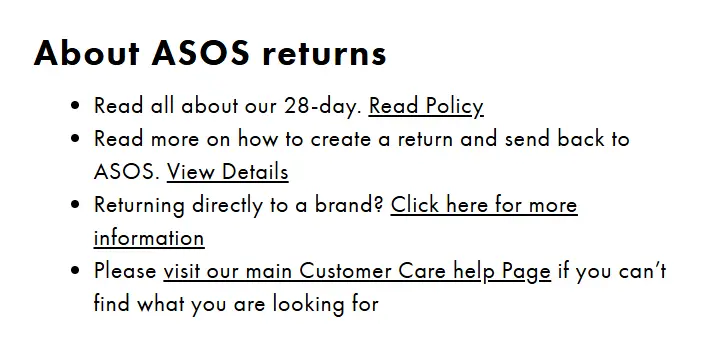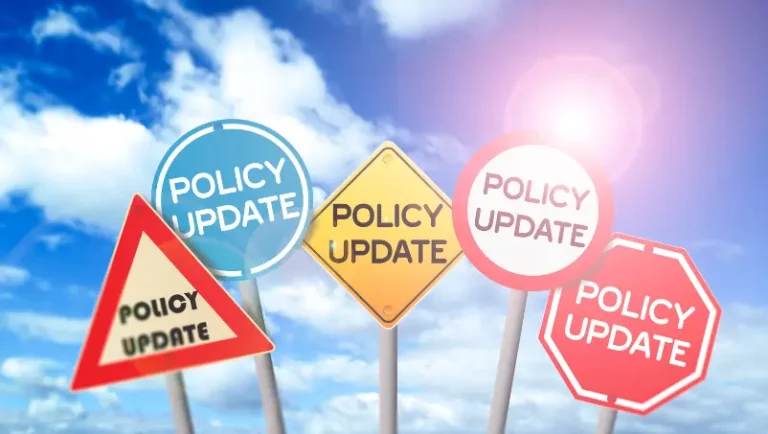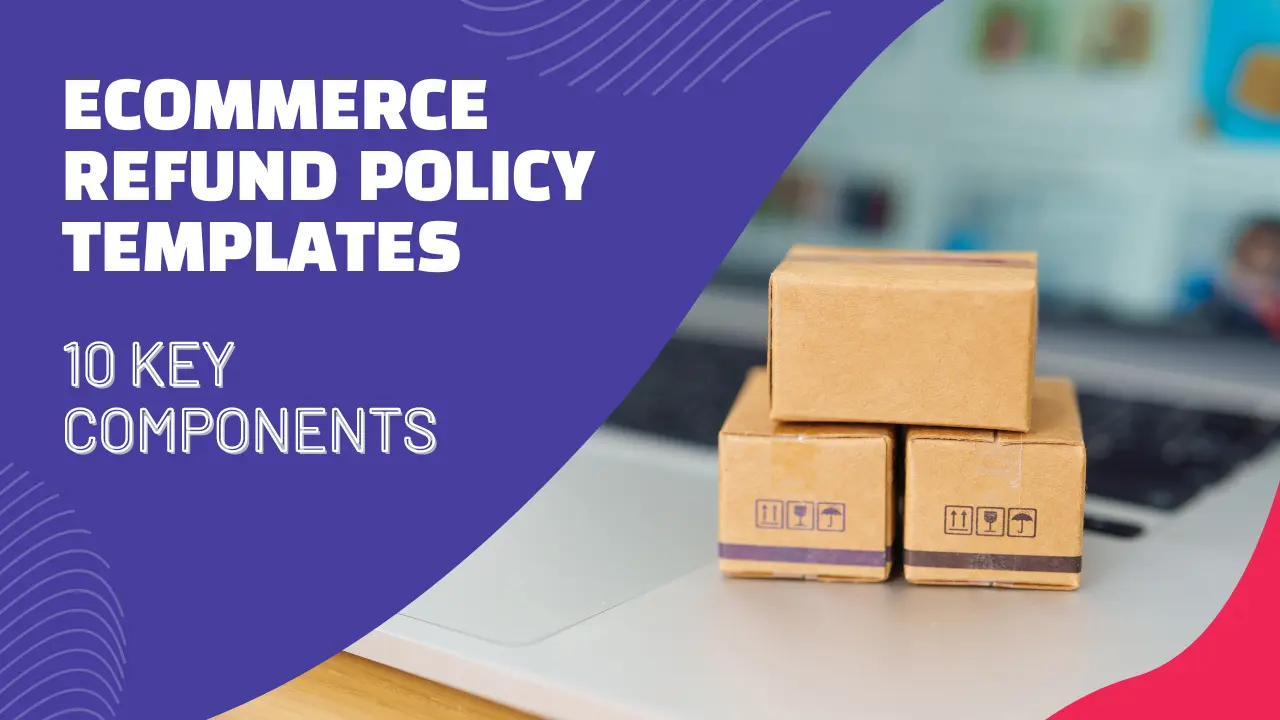

A clear refund policy is vital for eCommerce businesses. Product categories have different refund policies; therefore, ensuring your refund policy templates have all the key elements is important.
– According to a survey by UPS, 68% of online shoppers review a store’s return/refund policy before making a purchase, and 67% of consumers check the returns page before completing an order.
– A National Retail Federation study found that 92% of customers will buy again if the return/refund process is easy.
These statistics highlight the importance of a robust refund policy in building customer trust, reducing disputes, and ensuring smooth operations. Here are the ten essential elements that every effective eCommerce refund policy template should include:
Whether you are starting with a new online store or looking to fine-tune your refund/return policy, this template has you covered. Find a template for all product categories and save time writing one!
1. Clear Definition of Refund Eligibility
Start by defining the conditions under which customers can request a refund. In your refund policy templates, specify the types of products eligible for refunds, such as defective items, incorrect orders, or products damaged during shipping. Clearly state any exceptions, such as final sale items or personalized products.
For example, Zappos offers a full refund on unworn shoes within 365 days, showcasing their confidence in product quality and commitment to customer satisfaction.


2. Timeframe for Refund Requests
Outline the specific timeframe in your refund policy templates within which customers can request a refund. This period typically ranges from 14 to 30 days after the purchase or delivery date. Providing a clear deadline helps manage customer expectations and streamlines the return process.
For instance, ASOS allows returns within 28 days for a full refund, which balances customer convenience with business practicality.


3. Condition of Returned Items
Detail the condition that returned items must be in to qualify for a refund. Common requirements include items being unused, in their original packaging, and with all tags and labels attached. This prevents misuse of the refund policy and ensures products can be resold.
According to a survey by Narvar, 70% of shoppers expect retailers to resell returned items, making it crucial to specify return conditions.


4. Proof of Purchase
Require customers to provide proof of purchase when requesting a refund. This can include a receipt, order confirmation email, or packing slip. Proof of purchase helps verify the legitimacy of the refund request and prevents fraudulent claims.
For example, Best Buy requires a receipt or packing slip for all returns and exchanges, ensuring all transactions are traceable.


5. Refund Process and Timeline
In your refund policy templates, describe the steps involved in the refund process, from submitting a request to receiving the refund. Specify the methods through which refunds will be issued (e.g., original payment method, store credit) and the expected timeline for processing refunds, typically within 7-14 business days.
Amazon, for example, often processes refunds within 3-5 business days after receiving the returned item, setting a benchmark for efficiency.


Set up your Refund Policy with EcoReturns
EcoReturns is an AI-powered returns solution that allows you to configure multiple returns and refund reasons. You can also automate your returns to boost efficiency and save operational costs!
6. Return Shipping Instructions
Provide clear instructions in your refund policy templates on how customers should return items. Include details about the return shipping address, preferred shipping carriers, and any necessary return authorization forms. Indicate whether customers are responsible for return shipping costs or if the company provides prepaid shipping labels.
Nordstrom, for example, offers free return shipping labels, enhancing customer convenience and satisfaction.


7. Handling of Return Shipping Costs
Clarify who is responsible for covering return shipping costs. Some businesses offer free returns, while others may require customers to pay for return shipping. Clearly stating this policy helps avoid confusion and dissatisfaction.
A Shopify study found that 66% of consumers expect free returns, highlighting the importance of addressing this in your policy.


8. Non-Refundable Items
List any items that are non-refundable, such as digital downloads, gift cards, or perishable goods. Clearly outlining these exceptions helps manage customer expectations and reduces potential conflicts.
For instance, Sephora explicitly states that gift cards and items marked as non-returnable are not eligible for refunds.


9. Contact Information for Refund Inquiries
Provide customers with contact information for refund-related inquiries. This can include an email address, phone number, or a link to a dedicated customer service portal. Having accessible contact information ensures customers can easily reach out for assistance.
Apple, for example, offers multiple contact methods, including phone, chat, and email support, ensuring customers have various options for assistance.


10. Policy Updates and Changes
Include a statement reserving the right to update or change the refund policy. Specify how customers will be notified of any changes, such as through email notifications or updates on the company website. This ensures transparency and keeps customers informed of any policy modifications.
For example, Etsy notifies users via email and on-site notifications whenever there are changes to their policies.


Conclusion
An effective ecommerce refund policy template is crucial for maintaining customer satisfaction and trust. By including these ten essential elements, businesses can create a clear, comprehensive, and customer-friendly refund policy that minimizes disputes and enhances the overall shopping experience. Remember, a well-crafted refund policy not only protects the business but also fosters loyalty and repeat business from satisfied customers. With 92% of customers more likely to buy again if returns are easy, investing in a robust refund policy is not just a good practice but a strategic advantage.
Automate Returns and COD Refunds with EcoReturns
Implement 100% automation for returns and refunds with AI-powered EcoReturns. Save operational costs by 80%.



